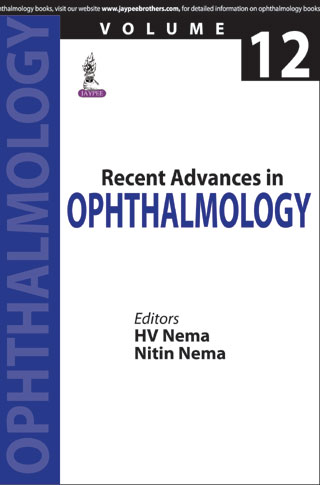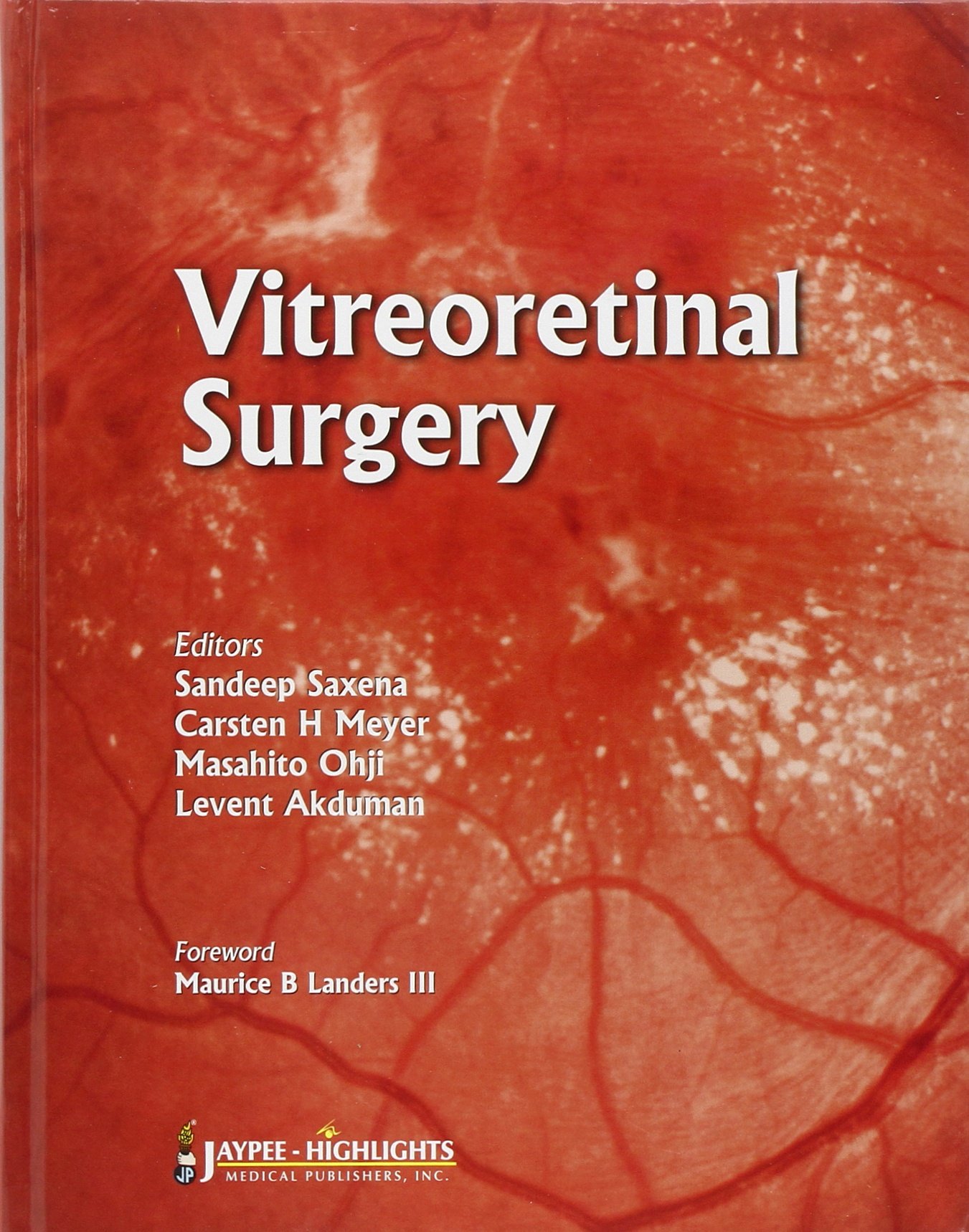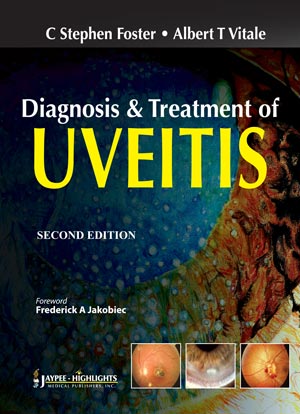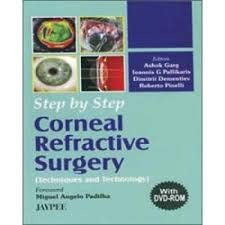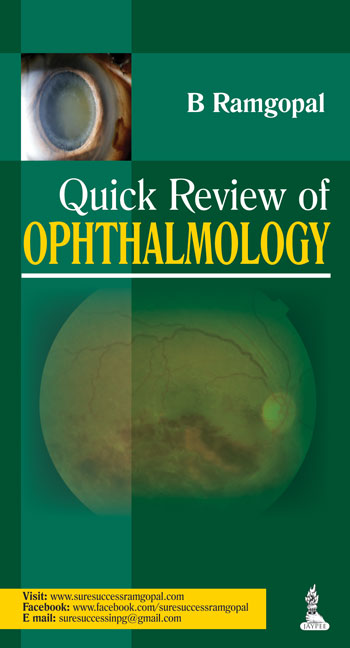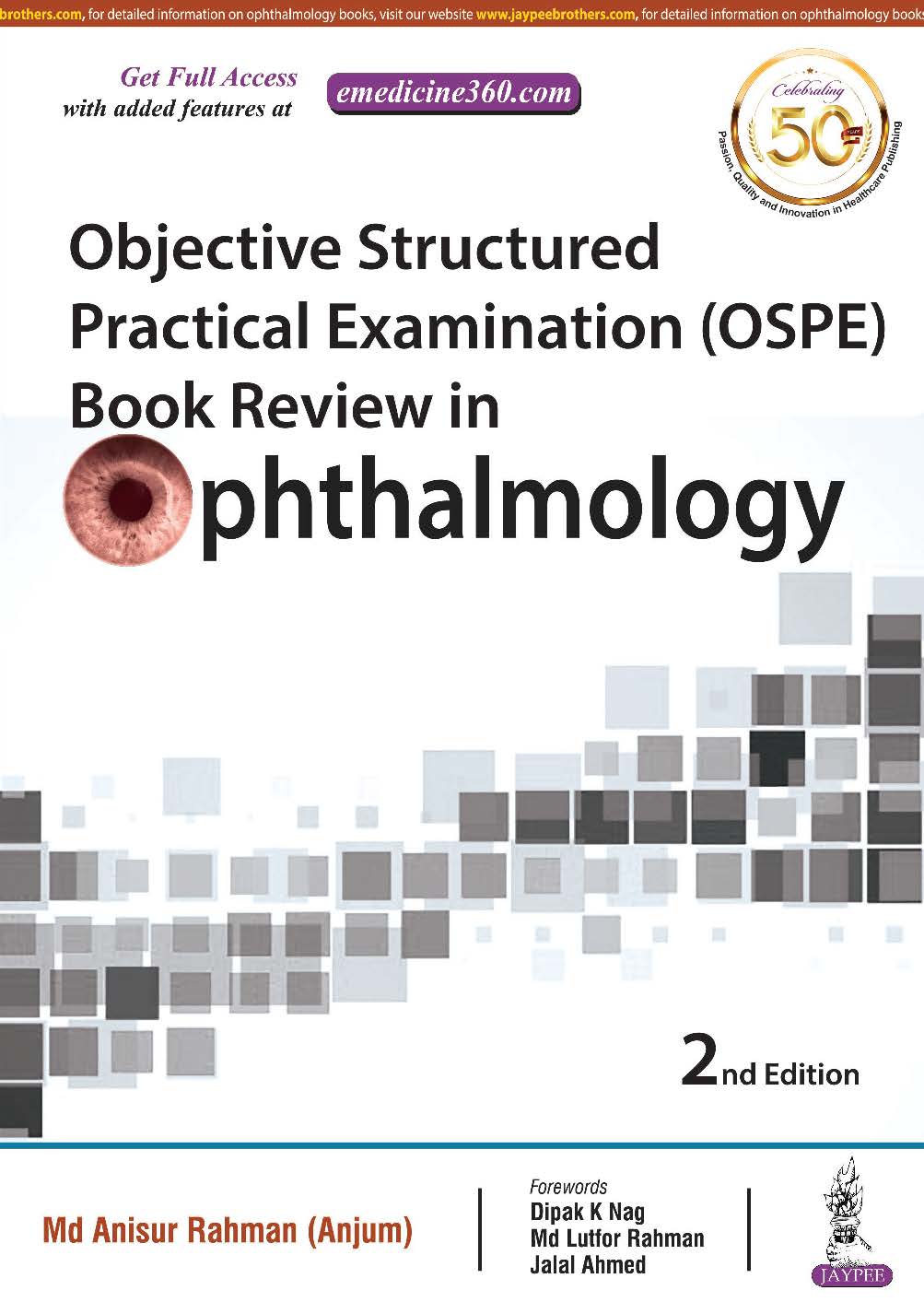Recent Advances In Ophthalmology Vol.12
| ISBN | 9789351527909 |
| Published Year | 2015 |
| Publisher | Jaypee Brother Medical Publishers |
| Condition | New |
| Language | English |
| Edition | 1/E |
| Binding | Paperback |
| Return Availability | Returnable upto 3days (*T&C applied) |
Get Additional 2% OFF, use PROMOTEAIBH2
Enter pincode to check COD availability
Product Full Description
Ophthalmology is continuously expanding medical specialty and it is practically impossible to keep abreast with recent developments. All advances in ophthalmology cannot be compiled in a small volume. Therefore, like previous volumes of Recent Advances in Ophthalmology (RAO), only some selected topics on cataract, cornea, glaucoma, diagnosis and therapy have been included in RAO–12. In the cataract section, chapters on femtosecond laser cataract surgery, phakic intraocular lens implantation, surgical management of posterior polar cataract (PPC) and posterior capsular opacification have been included. After establishing its usefulness in corneal refractive surgery especially LASIK, the femtosecond laser has entered in the field of cataract surgery. A comprehensive description of femtosecond laser cataract surgery is provided in Chapter 1. Femtosecond laser works on the principle of phacodisruption. Authors have described instrumentation, imaging, patient interface, technique of surgery and contraindicaions. They feel that femtosecond laser provides greater predictability. William F Wiley in his editorial has critically discussed the present status of femtosecond laser in cataract surgery mentioning its merits and demerits. Surgery of posterior polar cataracts is relatively difficult due to their propensity for posterior capsular rupture during operative procedure. It requires more precision and care because some of the patients with PPC have preoperative rent in the posterior capsule of the lens. Abhay R Vasavada has described principles for performing complication-free surgery of posterior polar cataracts in his editorial with the help of illustrations. The application of femtosecond laser significantly decreases the rate of posterior capsular rent. In recent years, glaucoma is gaining more attention due to its blinding course. The volume contains articles on pitfalls in the diagnosis of angle-closure glaucoma, traumatic glaucoma and neovascular glaucoma. Considering the higher incidence of angle-closure glaucoma in the Asian countries, every attempt should be made to diagnose the disease in its initial stage and treat it adequately to prevent blindness. Shibal and coauthors have presented a detailed account of pitfalls in the diagnosis of angle-closure glaucoma. Rajendra K Bansal in his editorial has provided a concise account of etiology, clinical presentation, diagnostic modalities (with their limitations) and management of angle-closure glaucoma. He has emphasized on the importance of gonioscopy not only in the diagnosis but also in the management. The indentation gonioscopy can differentiate between appositional and synechial angle-closure. He cited a study in which Smith et al. reviewed the literature and compared different anterior segment imaging techniques such as ultrasound biomicroscopy, anterior segment optical coherence tomography, Scheimpflug photography scanning, peripheral anterior chamber depth analyzer for examination of the angle of anterior chamber and gonioscopy and concluded that none of these imaging techniques is superior to gonioscopy. Choroidal imaging with enhanced depth imaging and swept-source optical coherence tomography is becoming popular for early diagnosis of choroidal lesions. Similarly, fundus autofluorescence has useful application in the diagnosis of retinal diseases, though it is not carried out routinely. Introduction of biological agents in the treatment of recalcitrant non-infectious uveal diseases is encouraging. Perhaps, more blind trials are needed to establish its utility. Microincision vitrectomy is gaining more popularity in the management of retinal disorders. Key Features • Contains 16 selected chapters, and 3 editiorials. • Latest innovation in the management of cataract-femtosecond laser-assisted cataract surgery. • Present status of phakic IOLs and LASIK. • Use of immunomodulatory agents in the treatment of noninfectious uveitis. • Common pitfalls in the diagnosis of angle-closure glaucoma. • Chorodial imaging using enhanced depth imaging and swept-source optical coherence tomography that provides insight into pathogenesis of many choriretinal disorders. • Noninvasive imaging of retina using fundus autoflurescence for clinical and research purposes. • Small gauge vitrectomy surgery that has revolutionised the vitreoretina surgery. Target Audience Ophthalmologist and practitionersSpecification
General
FAQ
-
What is AIBH?
All India Book House (AIBH) is one famous Retailer, Wholesaler, Importer and Supplier of Medical Books. With Head Office in Nai Sarak (near Chandni Chowk-Delhi) that is lined with many bookshops and thronged by book lovers from across the world.
-
How AIBH offers best price for medical books?
AIBH is exlucsive partners with multiple publishers resulting which we get the best prices which we pass on to our consumers directly without any third party involvement.
-
What is estimated delivery time?
Delhi NCR - 1-3 Days
North India/Metro City - 4-6 Days
Rest of India/Special Zone : 5-7 Days
Due to Covid-19 products ships in 1-2 days -
Do you take returns?
Yes we take returns, to read more about our return policy click here https://www.aibh.in/return-policy
-
Do you offer COD/Cash On Delivery?
Yes we offer COD


